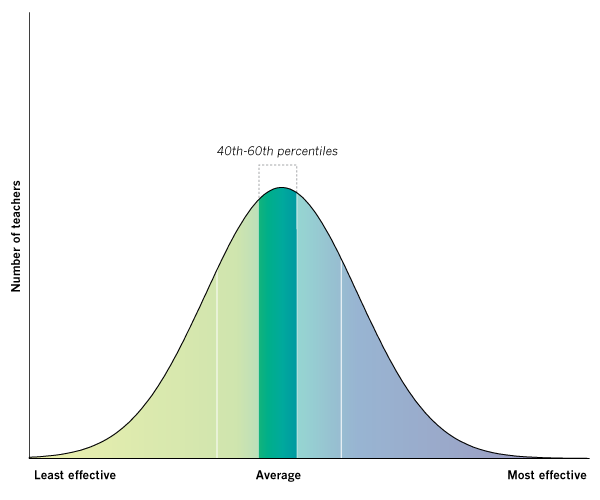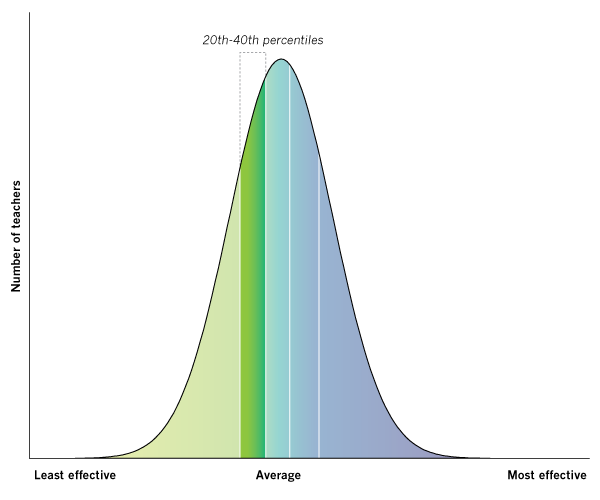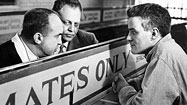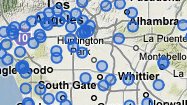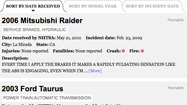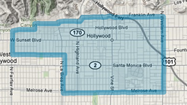Steve James Allen
A 5th grade teacher at Nevada Avenue Elementary in 2007
These graphs show a teacher's "value-added" rating based on his or her students' progress on the California Standards Tests in math and English. The Times’ analysis used all valid student scores available for this teacher from the 2002-03 through 2008-09 academic years. The value-added scores reflect a teacher's effectiveness at raising standardized test scores and, as such, capture only one aspect of a teacher's work.
Compared with other Los Angeles Unified teachers on the value-added measure of test score improvement, Allen ranked:
- Less effective than average overall.
- Average in math. Students of teachers in this category, on average, did not gain or lose significantly on the California Standards Test compared with other students at their grade level.
- Less effective than average in English. Students of teachers in this category, on average, lost about 3 percentile points on the California Standards Test compared with other students at their grade level.
Allen's LAUSD teaching history
2002-03 through 2008-09 academic years
- Nevada Avenue Elementary, 2007 - 2003
Steve Allen's Response:

Last week I was an "average" teacher when your analysis was for 2004-2007. Apparently you have gone back further in my career and included my 2003 year as well and now I am a less than average teacher. Thank you for making such an accurate assessment of all of the hard work and dedication I have had as an educator. Your "thorough" analysis of my teaching skills and impact on children, based upon one narrow measure is really great journalism.
Do you think that teachers should base student grades on one assessment (CST)? No. Teachers use multiple measures to gauge a student’s performance throughout the year. Formal and informal evaluations such as quizzes, tests, performance assignments, quarterly assessments are all factored in to the equation.
Here's a novel idea: Why don't you visit all of the classrooms of the teachers you have published in this database and observe their impact on the classroom throughout the year (after you have had training in what to look for in a highly engaged classroom); interview students, parents, colleagues, and administrators about the teachers you are evaluating; follow the teachers before and after school and on weekends to see all of the extra lesson planning, grading, participating in adjunct assignments, attending students’ birthday parties and baptisms. Perhaps then you will have a whole picture as to whether or not an individual is “effective” or not.
I definitely believe that using Value Added is a great conversation and should be looked at each year to help better our craft and profession. However, to publicize what is in effect a research paper, without the consent of the people you are writing about, is in my opinion highly unconscionable.
I am sure that you have “added value” to the amount of newspapers you have sold during the past few weeks.
![]() The Times gave LAUSD elementary school teachers rated in this database the opportunity to preview their value-added evaluations and publicly respond. Some issues raised by teachers may be addressed in the FAQ. Teachers who have not commented may do so by contacting The Times.
The Times gave LAUSD elementary school teachers rated in this database the opportunity to preview their value-added evaluations and publicly respond. Some issues raised by teachers may be addressed in the FAQ. Teachers who have not commented may do so by contacting The Times.
|
|
 Delicious
Delicious
|
 Digg
Digg
|
 Facebook
Facebook
|
 Twitter
Twitter
|



